Campus Sustainability News
News on campus sustainability initiatives, emerging programs, rankings, awards, student initiatives, green teams, and more from across the Cornell University campus.

Energy Smackdown - the annual energy saving competition- begins December 1st. This year, students will face off against faculty & staff and the Campus Sustainability Office has launched a new Campus Energy Reduction Grant of up to $1,000.
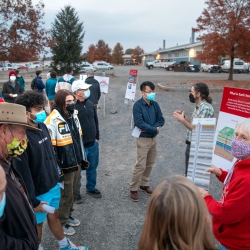
The first important step is drilling this exploration well to confirm the technical viability and ensure the safe operation of the system.
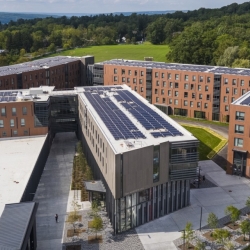
Students living in the newly opened residence buildings – Toni Morrison Hall and Ganędagǫ: Hall – know of the buildings’ rooftop solar panels. But if the windows and walls could talk, they would be fluent in the language of sustainability.
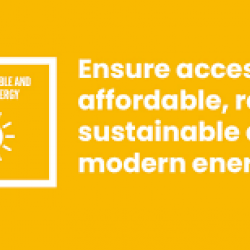
Cornell is joining with the City of Ithaca and the Town of Ithaca to form a campus-regional partnership committed to promoting efficient, innovative and accessible energy, and reach carbon neutrality, community-wide, by the early 2030s.
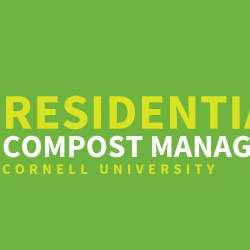
The full residential compost program will continue at Cornell after amendments and cessation to the program during COVID-19. The initiative is seeking volunteers to help reduce waste and encourage composting education in residential communities.
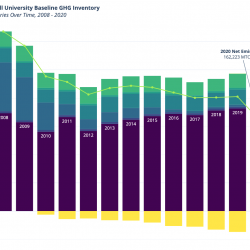
The FY2020 greenhouse gas inventory shows a significant reduction in campus emissions, but some changes can be attributed to disrupted operations during the COVID-19 pandemic.
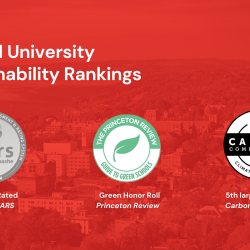
Cornell soared to the top of national and international ratings and rankings assessing our campus sustainability efforts in 2021. Let's see how we stand up to the competition (and where there is still work to do).

Cornell laboratories reduced energy use by targeting freezers in the international Freezer Challenge, which encourages friendly competition between research-intensive laboratories that rely on cold storage.

Cornell dining to phase in Phade biodegradable straws.
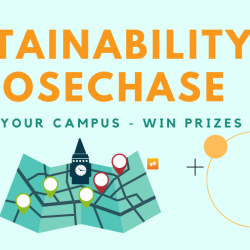
Compete in Cornell’s Sustainability ‘Goosechase’ Scavenger Hunt! Competition Runs August 30th - September 30th. Open to all Cornell students and employees.
